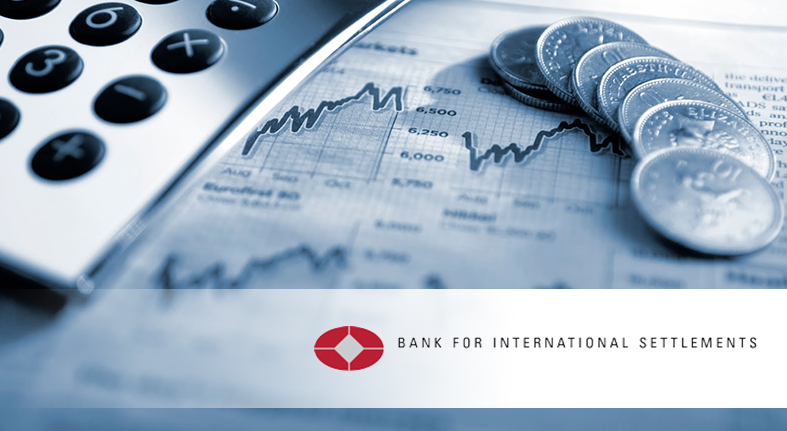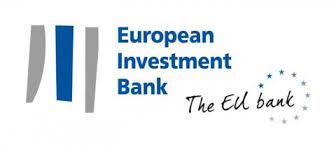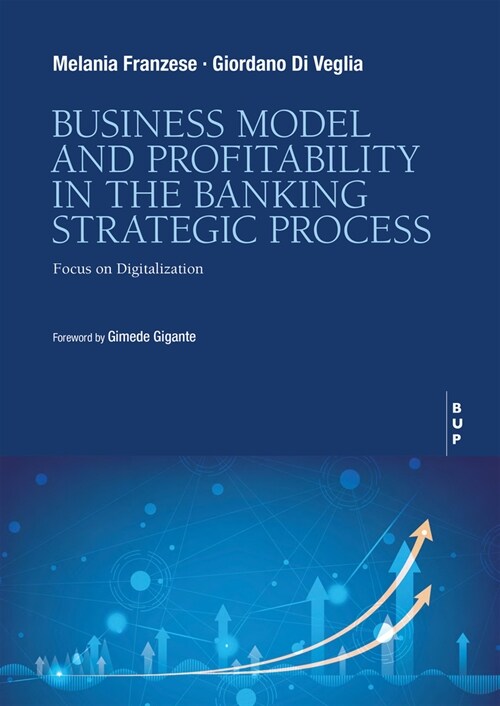ING announced today that Ljiljana Čortan will be appointed Chief Risk Officer of ING. Ljiljana Čortan until recently served as chief risk officer of HypoVereinsbank – UniCredit Bank (HVB) in Germany. She will succeed Steven van Rijswijk, who was appointed CEO of ING effective 1 July 2020. Ljiljana Čortan will be appointed as Chief Risk Officer and member of the Management Board Banking effective 1 January 2021. The Supervisory Board will propose to shareholders to appoint her as member of the Executive Board and Chief Risk Officer of ING Group at the Annual General Meeting in April 2021.
Continue reading…
Gone are the days when organisations could simply promise a speak up culture. Today, fostering a culture of trust, integrity, and a positive work environment…
Download whitepaper












